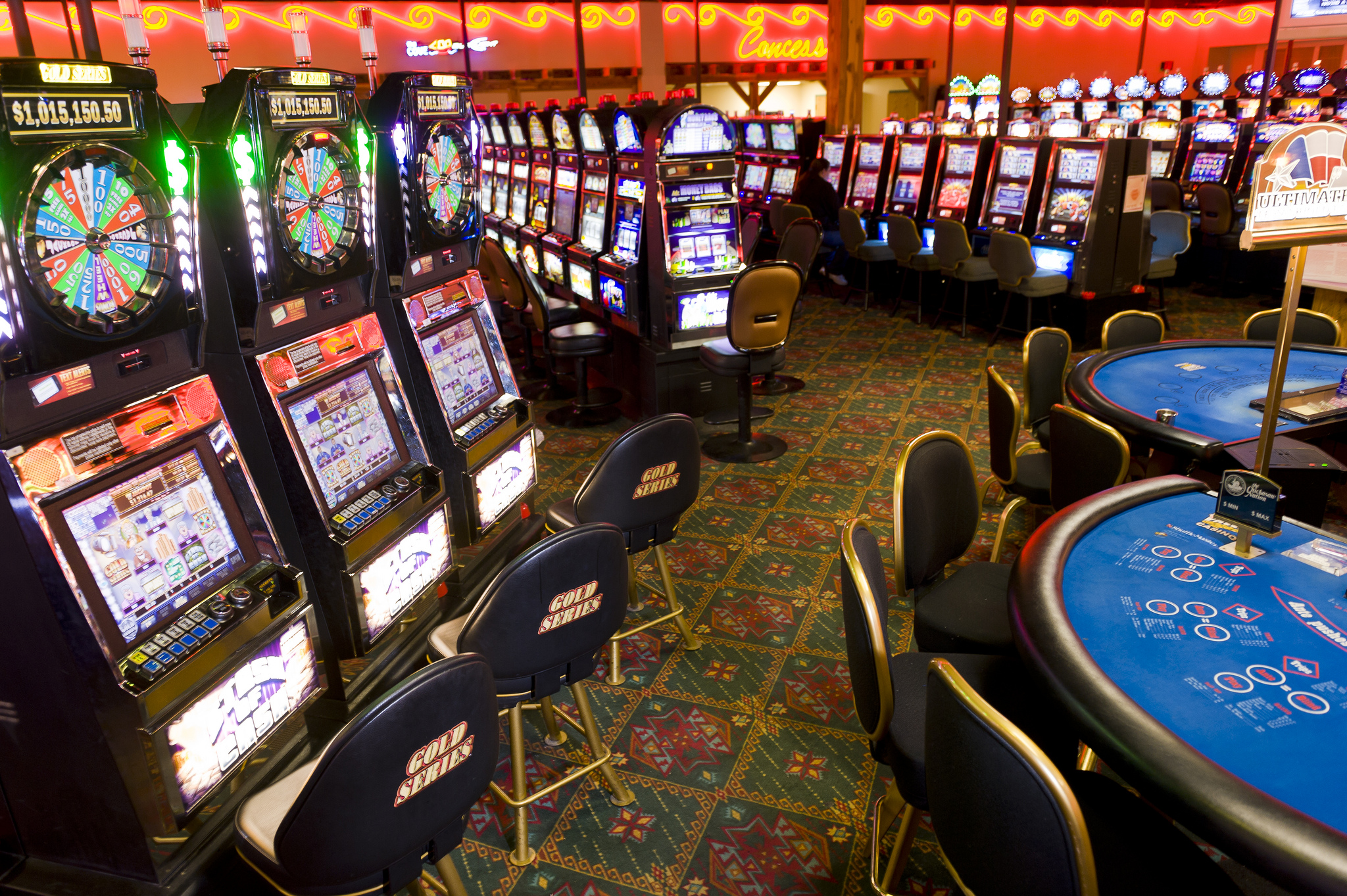Casino experiences have long captivated human interest, drawing participants into a universe filled with fortune, strategy, and the allure of adventure. Each game is meticulously crafted not just for fun, but also to elicit targeted emotional responses that keep gamblers involved and invested. Understanding the drives behind these designs reveals much about how human psychology plays a crucial role in the gaming experience.
From the bright lights and vibrant sounds to the intricate layering of rules and payoffs, casino games are designed to create an atmosphere of excitement and expectation. Game designers leverage psychological principles to influence gambler behavior, whether through the use of jackpots, almost wins, or social connections. By examining these aspects, we can better appreciate how casino games fulfill not just a need for entertainment, but underlying psychological needs for thrill and uncertainty.
Comprehending Player Actions
Casino games are designed with a deep grasp of gamer psychology, which is essential for attracting and retaining players. mmlive The rush of the game, combined with the expectation of winning, establishes a formidable attraction. Game designers employ elements like audio cues, vibrant graphics, and immersive gameplay to engage attention and evoke emotional responses. These sensory elements enhance the overall experience, making players feel more invested in the game.
Another important aspect of player behavior is the concept of risk/reward dynamics. Casino games often weigh high-stakes situations with the potential for considerable rewards, which can result in the event known as near-miss effect. When players come close to winning, the brain produces dopamine, strengthening their behavior and encouraging them to continue playing in pursuit of that elusive win. This cycle of wish and disappointment plays a key role in how games are designed and advertised.
Lastly, social elements also play a critical role in player behavior at casinos. Many games are designed to be played in groups or in company with other players, nurturing a sense of togetherness and shared experience. The interaction inherent in games like blackjack enhances enjoyment and can result in extended gameplay. Designers take advantage on this by crafting environments that invite players to stay, interact, and revisit, making the overall casino experience more appealing.
The Role of Visuals and Sound
Imagery and audio play a vital role in improving the gambler’s experience within casino games. Designers utilize bright colors, striking graphics, and captivating animations to attract gambler’s attention and hold their focus. The use of motifs, such as adventure or opulence, helps create an enthralling atmosphere that transports players into a different world. By connecting to the senses, these elements contribute to a intensified emotional response, encouraging players to engage more profoundly with the games.
Sound design is equally important in reinforcing the overall experience of casino games. The mix of background music, audio effects for successful combinations, and environmental noises creates an sound landscape that keeps players enthralled. Audio cues associated with wins, such as ringing bells or festive music, evoke feelings of thrill and reward, prompting players to keep playing. These sound cues are carefully placed to amplify the excitement of the game and create a more engaging experience.
Additionally, the alignment of imagery and sound is important for reinforcing the game’s overall theme and mood. Each element should coordinate seamlessly to create a cohesive experience that draws players in. The effective use of this synergy not only enhances user enjoyment but also boosts the likelihood of return play, as players become more engaged in the immersive world that the casino games offer. This thoughtful combination of imagery and sound ultimately enhances player engagement and commitment.
Incentive Structures and Engagement
The development of casino games significantly relies on incentive structures to keep participants involved and coming back for additional experiences. These systems are rooted in psychological principles that exploit human behavior and motivation. Participants are often driven by the excitement of winning, which is supported by instant responses through the game structure’s mechanics. This instant gratification not just improves the overall experience but also cultivates a sense of success, encouraging players to continue playing in hopes of greater gains.
Gaming establishments implement various reward structures, including large payouts, bonuses, and multipliers, to captivate players. These elements create a level of excitement that sustains interest. Additionally, the unpredictability of outcomes plays a crucial role in keeping attention. The variable reward system, where successes are random but happen often enough, maintains participants on edge and driven to keep playing. This loop of anticipation and anticipation is essential to the success of casino games.
In addition, community aspects, such as competitive events and multiplayer features, enhance the engagement factor by tapping into the desire to compete of players. nổ hũ mmlive The shared experience of playing with others can intensify the thrill of success and create a sense of community within the casino. By combining these social dynamics with effective incentive structures, casino games don’t just offer fun but also nurture a stronger connection among participants, reinforcing their loyalty to the gaming experience.
